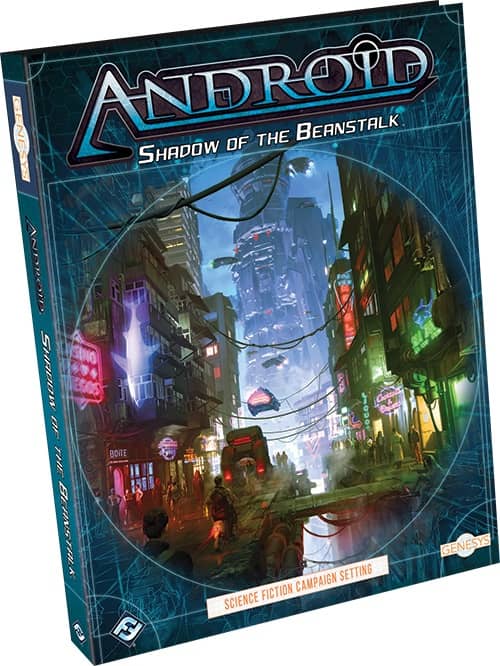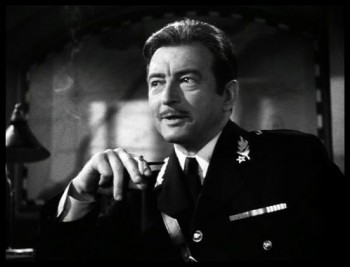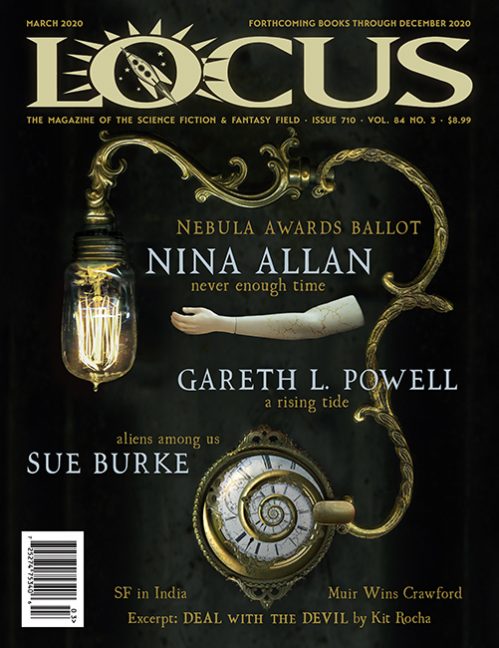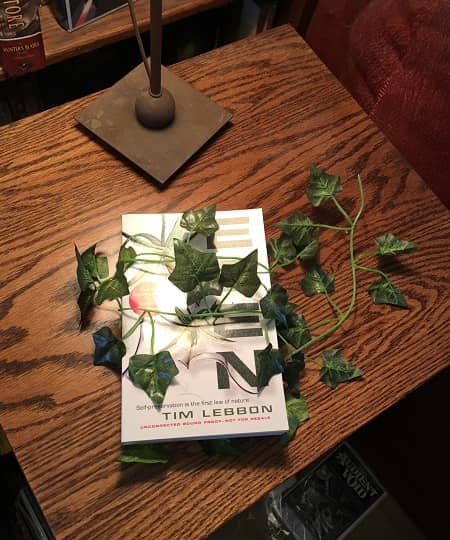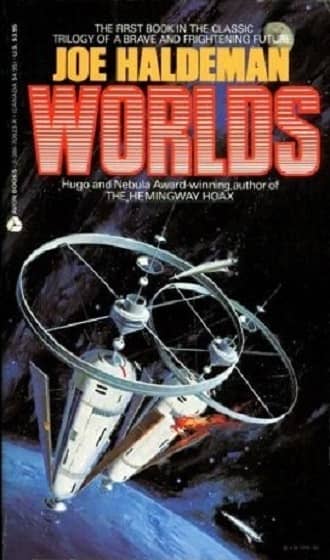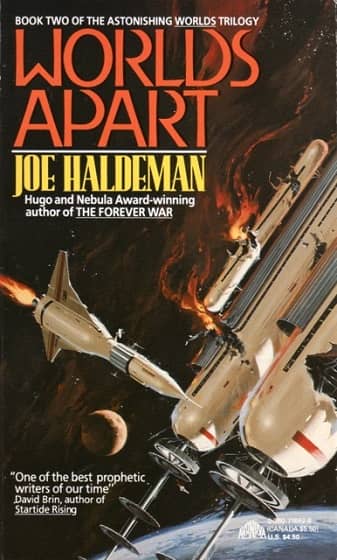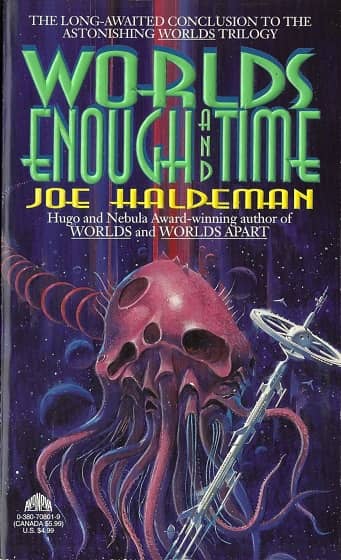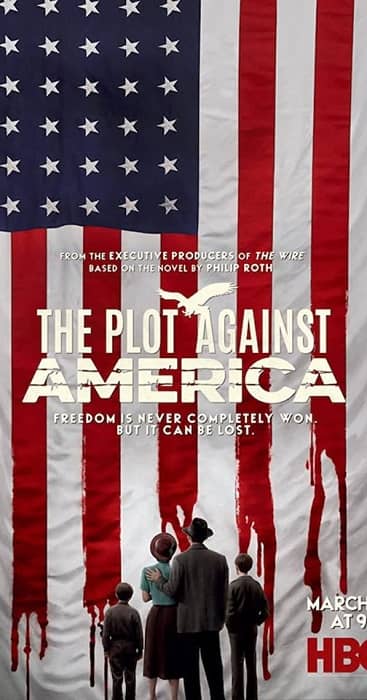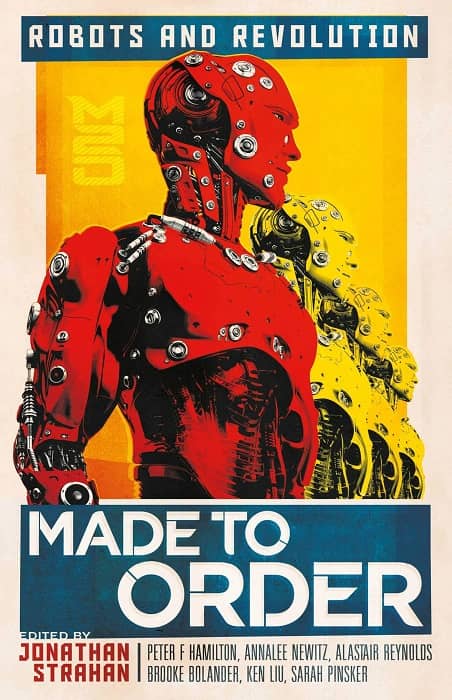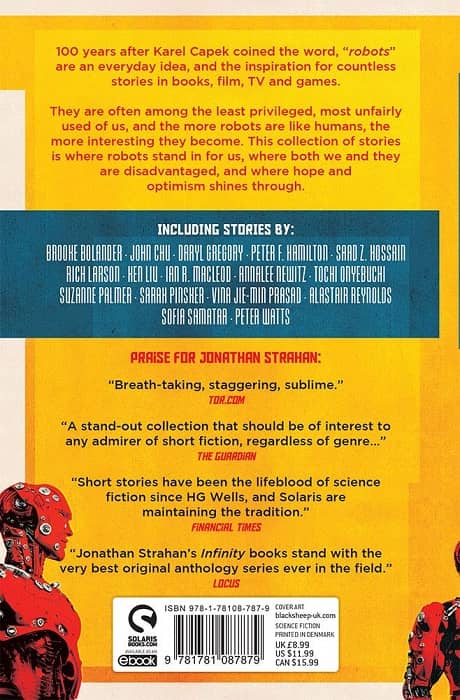Running Networks in the World of Android: Shadow of the Beanstalk
Shadow of the Beanstalk is a near future campaign setting book released by Fantasy Flight Games in 2019. This book is intended to be used with Fantasy Flight Games’ Genesys role-playing rules. Shadow of the Beanstalk uses the Android setting as its background setting. Android was a board game originally published in 2008, having several such games released over the years. Perhaps more well known is that Android was used as the basis for a popular collectible card game, Android: Netrunner.
Android, and by extension, Shadow of the Beanstalk is a cyberpunk, science fiction universe, set primarily on Earth in a mega city called New Angeles, though extensive populations live on the Moon and Mars. Dark and gritty, Android features many of the tropes of cyberpunk literature and film: flying cars, extremes of poverty and wealth, barrages of consumer-focused media. As with any cyberpunk setting worth its salt, hacking, or running in Android lingo, is a common activity. While the Genesys core rules cover hacking, given the more complex and embedded nature of running in Android, supplementing the rules for the setting made sense. The result is one of this writer’s favorite ways of conducting computer hacking encounters in a tabletop role-playing game.
The principle is straightforward: the runner wants to get into a network for some reason — steal information, wreak havoc, whatever. The owner of the network wants to keep keep the runner out — the opposition to the runner is the sysop, short for systems operator. One of the challenges around running in RPGs has been that the encounter is either disassociated from the remainder of the party or it becomes a solo encounter occupying a lot of time as the other players lose interest, look at Facebook, or buy things off the Internet. Shadow of the Beanstalk aims to solve this by allowing the encounter to be embedded seamlessly with other social (rest of the party is at a night club attempting distract a group of corporate execs while the runner steals their money) or combat encounters (the party is attempting to infiltrate a building and the runner is turning off cameras and defenses).
